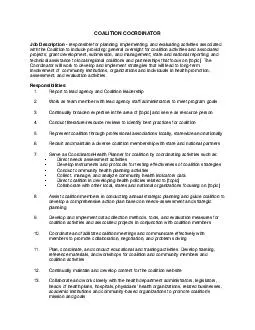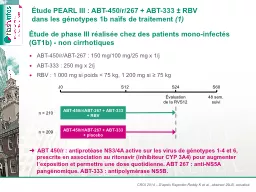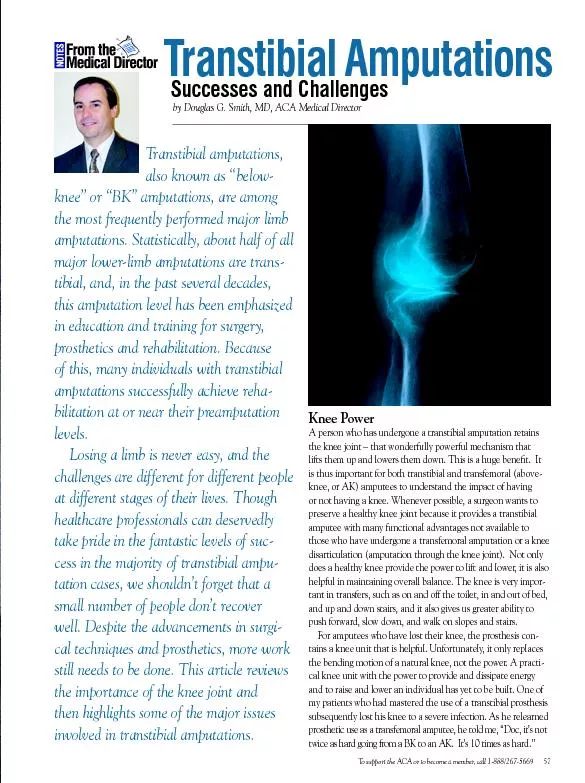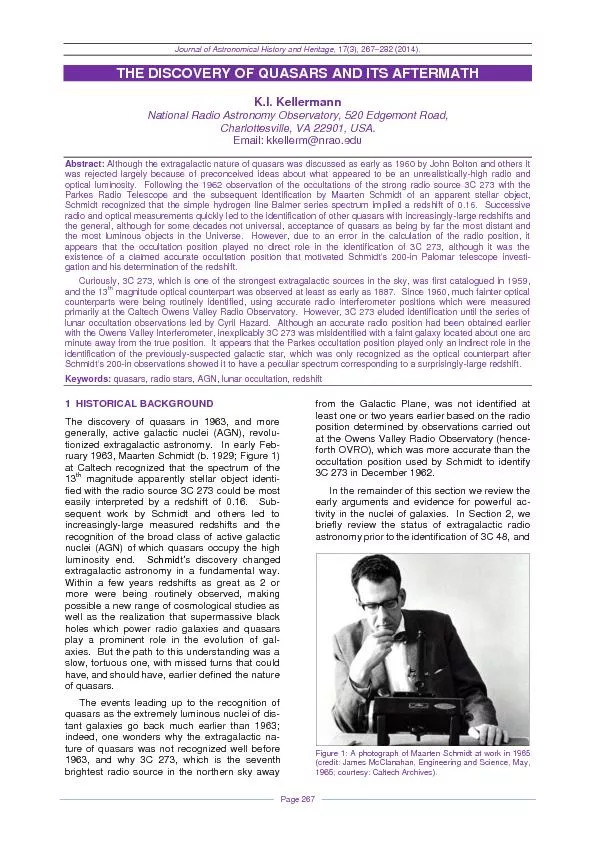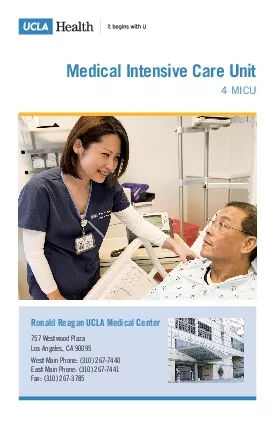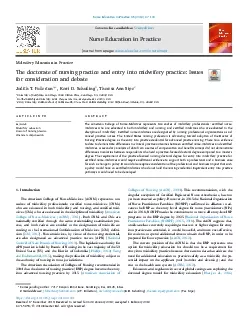PDF-Contact the Amputee Coalition at 888/267-5669 or amputee-coalition.org
Author : conchita-marotz | Published Date : 2016-07-15
41 by M Jason Highsmith DPT CP FAAOP James T Highsmith MD and Jason T Fitting a prosthesis is complicated because parts of the human body are used for tasks for
Presentation Embed Code
Download Presentation
Download Presentation The PPT/PDF document "Contact the Amputee Coalition at 888/267..." is the property of its rightful owner. Permission is granted to download and print the materials on this website for personal, non-commercial use only, and to display it on your personal computer provided you do not modify the materials and that you retain all copyright notices contained in the materials. By downloading content from our website, you accept the terms of this agreement.
Contact the Amputee Coalition at 888/267-5669 or amputee-coalition.org: Transcript
Download Rules Of Document
"Contact the Amputee Coalition at 888/267-5669 or amputee-coalition.org"The content belongs to its owner. You may download and print it for personal use, without modification, and keep all copyright notices. By downloading, you agree to these terms.
Related Documents


